The United Kingdom and the European Union have each negotiated separate tariff arrangements with the United States, shaping how key industries on both sides of the Atlantic will be affected in the years ahead.
UK–US Tariff Agreement
The UK secured a deal in June that established a 10% tariff rate on the first 100,000 vehicles exported annually to the U.S., roughly the same number sold in 2024. Any vehicles exceeding that quota will face the standard 25% tariff.
The agreement, which covered about £58 billion worth of goods exported from the UK to the U.S. in 2024, also opened new agricultural trade opportunities. Both nations gained the ability to sell beef in each other’s markets, while tariffs on some U.S. ethanol exports to the UK were reduced from 19% to 0%.
The deal initially raised expectations of a broader reduction in charges on UK steel exports, but those plans have been put on hold indefinitely. For now, the UK remains the only country not facing the 50% tariff applied to steel and aluminum imports, instead paying a reduced 25% rate.
EU–US Framework Agreement
In late July, the EU announced that it had reached a framework deal with the U.S. Under this arrangement, most EU goods will face a 15% tariff, a reduction from the 30% rate initially threatened. In return, the EU would apply 0% duty on selected U.S. products, subject to approval from its 27 member states.
Wider Tariff Measures
Beyond the UK and EU agreements, U.S. tariffs remain in place across a range of imports:
- 50% tariff on steel and aluminum (with the UK as the only partial exception)
- 50% tariff on copper
- 25% tariff on most foreign-made cars, engines, and auto parts
Additionally, the long-standing exemption on imports valued at $800 (£592) or less has ended. This change affects millions of small packages shipped daily, including from online retailers such as Shein and Temu. Companies sending these parcels are now required to pay duties based on country-specific tariff rates. For a six-month period, businesses can instead choose to pay a fixed fee of $80 to $200 per package.
Further measures under consideration include proposed tariffs of 100% on semiconductors and up to 250% on pharmaceutical products.
Impact on Consumers and Businesses
Consumers in the U.S. have begun to feel the effects of the tariff policies. Between June and July, the cost of tomatoes rose 3.3%, while coffee increased by 2.3%. Retailers including Target and Walmart, along with global brands such as Adidas, have warned of further price increases as companies adjust to higher import costs.
Industries reliant on cross-border supply chains may also face rising production expenses. For instance, automobile components often cross U.S., Mexican, and Canadian borders multiple times before final assembly, making them particularly sensitive to tariff shifts.
Economic Consequences
The broader economic implications are significant. The International Monetary Fund (IMF) projects that tariffs will contribute to uncertainty and slower growth, forecasting global growth at 3% in 2025 and 3.1% in 2026, down from earlier estimates of 3.3% for both years.
The impact has been uneven across countries. In Canada, unemployment has risen to 7.1%, with growth forecasts lowered to 1.25% in 2025 compared with 1.8% projected earlier in the year. Meanwhile, China’s growth remained relatively steady despite reduced exports to the U.S.
In the United States, the economy grew at an annualized rate of 3% between April and June 2025, following a contraction in the first quarter. At the same time, tariff revenues have surged. U.S. government data showed revenues of $28 billion in June 2025, three times the monthly average of 2024.
According to the Congressional Budget Office (CBO), tariffs imposed between January 6 and May 13, 2025, are expected to reduce government borrowing by $2.5 trillion over the next decade. However, the CBO also projected that the tariffs could slow overall economic growth.
Outlook
The agreements with the UK and EU provide partial clarity for exporters and businesses, but many industries remain uncertain about future tariff measures. As negotiations continue and tariff structures evolve, companies and consumers alike are bracing for further adjustments in trade and pricing.
#SupplyChainNews #Tariffs #TradePolicy #EconomicUpdate #GlobalTrade

















